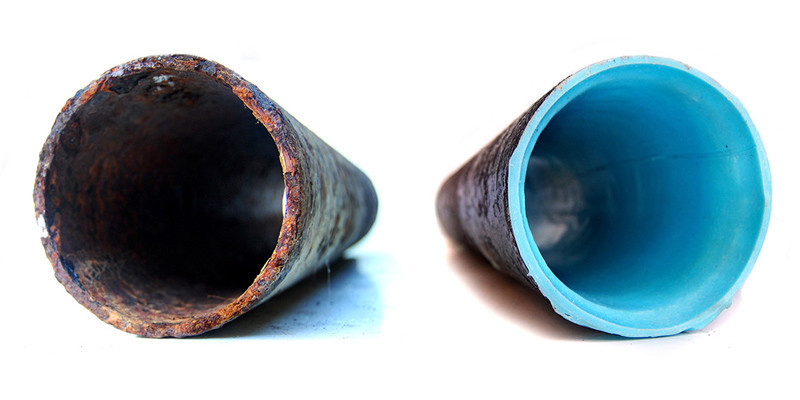Maintaining the plumbing in your home or business is crucial for ensuring smooth functioning and preventing costly damages. However, when pipes start showing signs of wear and tear or encounter issues like leaks or blockages, the decision between pipe relining and pipe replacement can be daunting. Both options have their pros and cons, and choosing the right one depends on various factors. In this blog, we’ll explore the differences between drain relining and pipe replacement to help you make an informed decision.
Understanding Pipe Relining:
Pipe relining, also known as trenchless pipe repair, is a modern solution that doesn’t require digging up the entire pipe. Instead, a flexible liner coated with epoxy resin is inserted into the damaged pipe. Once in place, the liner is inflated and left to cure, forming a seamless and durable inner pipe within the existing one.
Pros of Pipe Relining:
- Minimal Disruption: One of the most significant advantages of pipe relining is its minimal disruption to your property. Since it doesn’t involve extensive excavation, there’s no need to tear up floors, walls, or landscaping, reducing the mess and inconvenience associated with traditional pipe replacement.
- Cost-Effectiveness: While pipe relining may have a higher upfront cost compared to pipe replacement, it can often be more cost-effective in the long run. The savings from reduced labor and restoration expenses can outweigh the initial investment.
- Faster Completion: Pipe relining projects typically take less time to complete than traditional pipe replacement, allowing you to resume normal activities sooner.
- Durable Solution: The epoxy resin liner creates a strong, seamless pipe within the existing one, improving flow capacity and preventing future leaks or root intrusion.
Cons of Pipe Relining:
- Not Suitable for All Situations: Pipe relining may not be suitable for severely damaged or collapsed pipes or situations where the pipe’s diameter has significantly decreased.
- Limited Warranty Period: While pipe relining can provide long-lasting results, warranties on the relined pipes may vary and could be shorter than those offered for traditional pipe replacements.
Understanding Pipe Replacement:
Pipe replacement involves removing the old, damaged pipe and replacing it with a new one made of PVC, copper, or other suitable materials. This method requires excavation to access the pipe, making it a more invasive process compared to pipe relining.
Pros of Pipe Replacement:
- Complete Restoration: Pipe replacement ensures a completely new and reliable plumbing system, eliminating any underlying issues associated with the old pipes.
- Longer Warranty Period: Many pipe replacement solutions come with extended warranties, providing added peace of mind for homeowners and businesses.
- Suitable for Severe Damage: In cases of severely damaged or collapsed pipes, pipe replacement may be the only viable solution.
Cons of Pipe Replacement:
- High Disruption: Excavating and replacing pipes can cause significant disruption to your property, requiring extensive restoration work afterward.
- Increased Cost: Pipe replacement typically involves higher costs due to labor, excavation, and restoration expenses.
- Extended Timeline: The process of pipe replacement may take longer to complete compared to pipe relining, prolonging the inconvenience for occupants.
Which Option Is Right for You?
The decision between pipe relining and pipe replacement depends on several factors, including the extent of damage, budget, timeline, and your preferences. If your pipes have minor to moderate damage and you’re looking for a cost-effective and minimally disruptive solution, pipe relining may be the ideal choice. However, if your pipes are severely damaged or you prefer a complete restoration with an extended warranty, pipe replacement might be the better option.
Before making a decision, it’s essential to consult with a qualified plumbing professional who can assess your specific situation and recommend the most suitable solution for your needs. By weighing the pros and cons of each option and considering your priorities, you can ensure a successful plumbing repair or upgrade that meets your requirements and budget.
